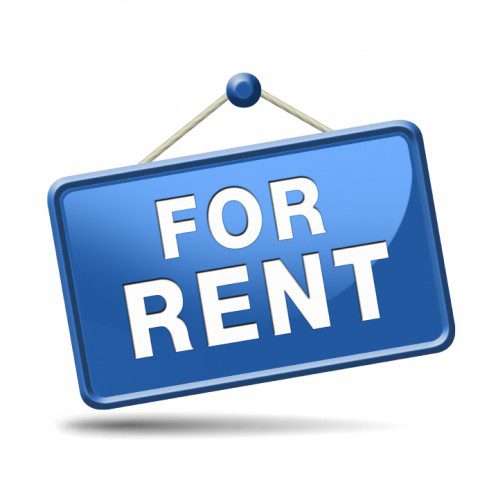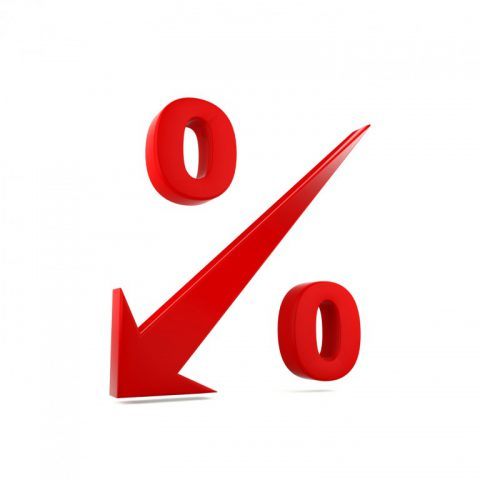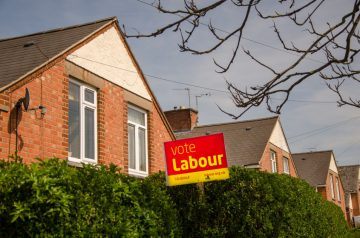Annual Rent Price Growth Drops for First Time in Eight Years

Annual Rent Price Growth Drops for First Time in Eight Years
Annual rent price growth across the UK dropped for the first time in almost eight years in May, according to the latest Rental Index from HomeLet.
The data shows that the average rent price on a new tenancy commencing in May was £901 per month – 0.3% lower than in the same month of 2016.
Rents on new tenancies in London were also 3% lower than in May last year, at an average of £1,502 – the greatest decline for eight years.
This is the first time since December 2009 that the HomeLet Rental Index has recorded a fall in rent prices on an annual basis.
The rate of rent price growth across the UK has been slowing in recent months, having peaked at 4.7% last summer.
The Chief Executive of HomeLet, Martin Totty, comments on the figures: “May 2017 saw average rents nationally fall for the first time in eight years, when the economy had suffered the shock of the financial crisis.
“HomeLet rental data suggests landlords are now facing a difficult balancing act between ensuring rents are affordable for tenants in a low real wage growth environment, whilst covering their own rising costs.”
He continues: “Tenants will still need a vibrant and growing rented sector to provide them with property options at the time of their choosing. Any constraint to the supply of rental properties, because landlords are unable to achieve the reasonable returns they require, cannot be in the long-term best interests of tenants, especially if, as we’ve now heard from all the main political parties, the UK’s population continues to grow.”
Here’s how rent price growth has varied across the UK:
|
Region |
Average monthly rent – May 2017 | Average monthly rent – April 2017 | Average monthly rent – May 2016 | Monthly variation |
Annual variation |
| East Midlands | £614 | £604 | £595 | +1.6% | +3.3% |
| North West | £679 | £677 | £664 | +0.2% | +2.2% |
| South West | £803 | £802 | £787 | +0.2% | +2.1% |
| Wales | £605 | £610 | £594 | -0.8% | +1.8% |
| East of England | £909 | £904 | £904 | +0.5% | +0.6% |
| Northern Ireland | £609 | £614 | £606 | -0.9% | +0.4% |
| West Midlands | £658 | £661 | £656 | -0.5% | +0.3% |
| Yorkshire and the Humber | £614 | £619 | £618 | -0.7% | -0.6% |
| South East | £998 | £1,003 | £1,014 | -0.4% | -1.5% |
| Scotland | £622 | £632 | £634 | -1.6% | -1.9% |
| North East | £522 | £525 | £534 | -0.7% | -2.3% |
| Greater London | £1,502 | £1,519 | £1,548 | -1.1% | -3.0% |
| UK | £901 | £904 | £904 | -0.3% | -0.3% |
| UK excluding Greater London | £753 | £754 | £750 | -0.1% | +0.5% |
Are you still considering who to vote for in Thursday’s (8th June) General Election, online estate agent eMoov has analysed which political party has been best for the property market since 1970: /best-political-party-house-price-growth/
Hannah Maundrell, the Editor in Chief of money.co.uk, also comments on the HomeLet statistics: “Tenants have been bashed by rising rents for years, so signs the sharp rises may have subsided will come as welcome relief for anyone looking to move. Not least because the surprise slowdown is the exact opposite of what we expected would happen following the tax changes that cropped profits for many buy-to-let landlords.
“The slowdown may sound like good news, but it comes after years of steep hikes that have left rent unaffordable for many. It’ll be interesting to see how the rental market fares post-election, as all of the larger parties have made bold pledges over the housing market.”
She continues: “While some may take the slowdown as proof the economy is about to take a turn for the worst, this may not necessarily be the case. It’s true that inflation is starting to hit pockets and that skyrocketing rents has made life difficult for many. However, this could simply be the market evening out; the demand for rental property is certainly still there.
“On the plus side, this does shift the power away from landlords slightly and give tenants a little more negotiation power on price if they’re looking to move to a new property or renew their contract.
“Taken together with the slowdown in car and retail sales, it’d be easy to paint a bleak picture; but we have to remember that sales exceeded expectations in the first quarter and at the end of last year. So much so, the Bank of England became very worried about consumer spending and debt. There’s only so much money we can spend; it’s quite possible these figures are a reflection of the fact we’ve already made our big purchases for the year.”





